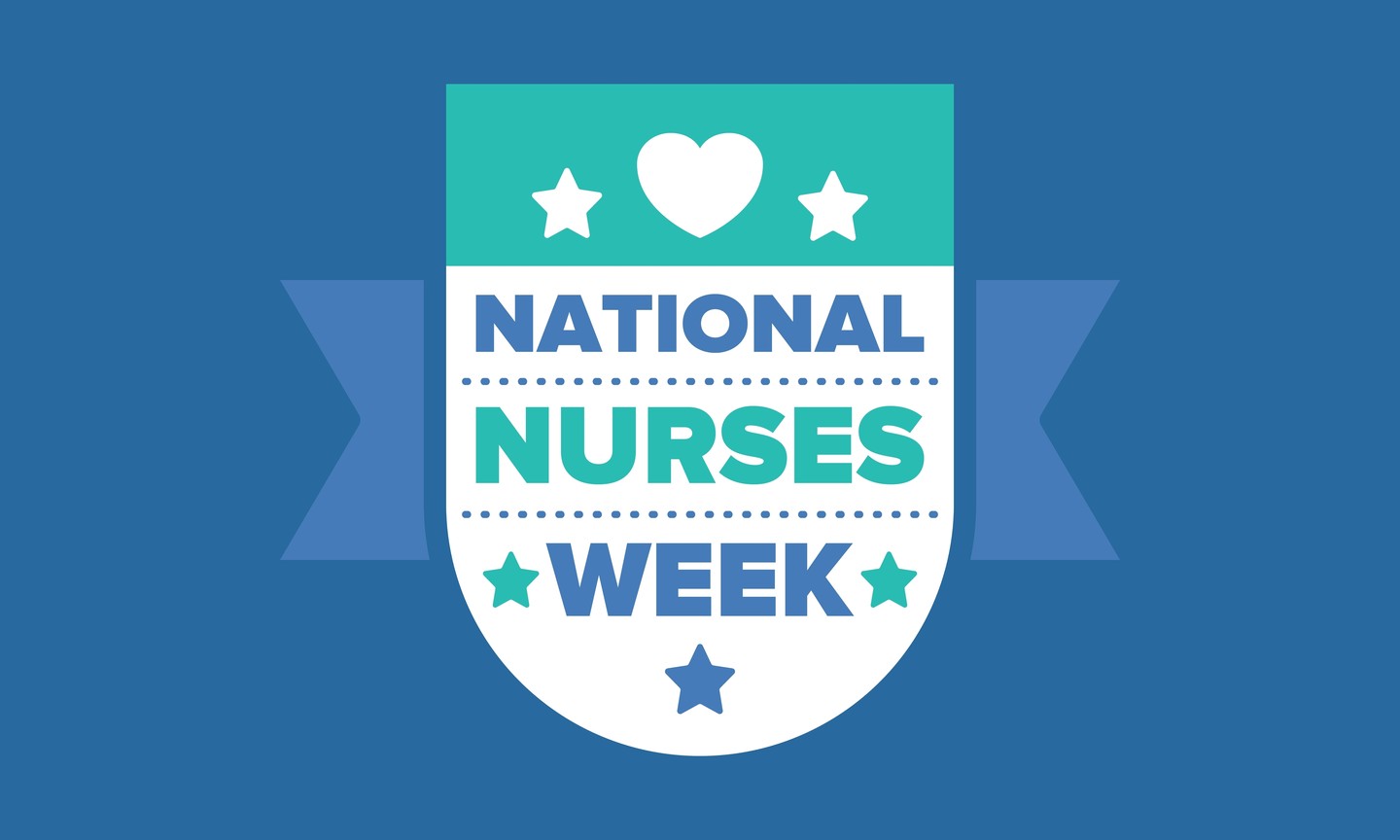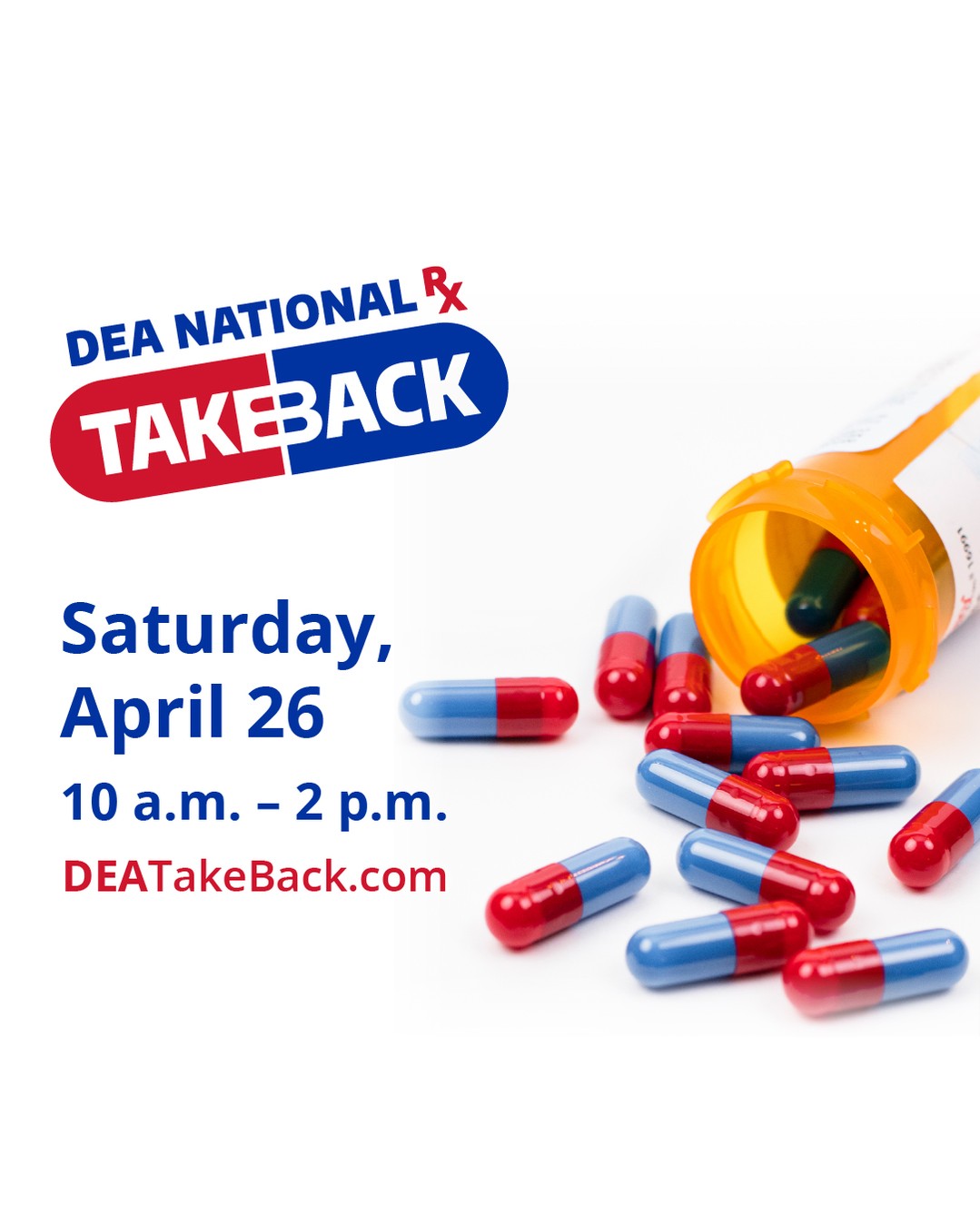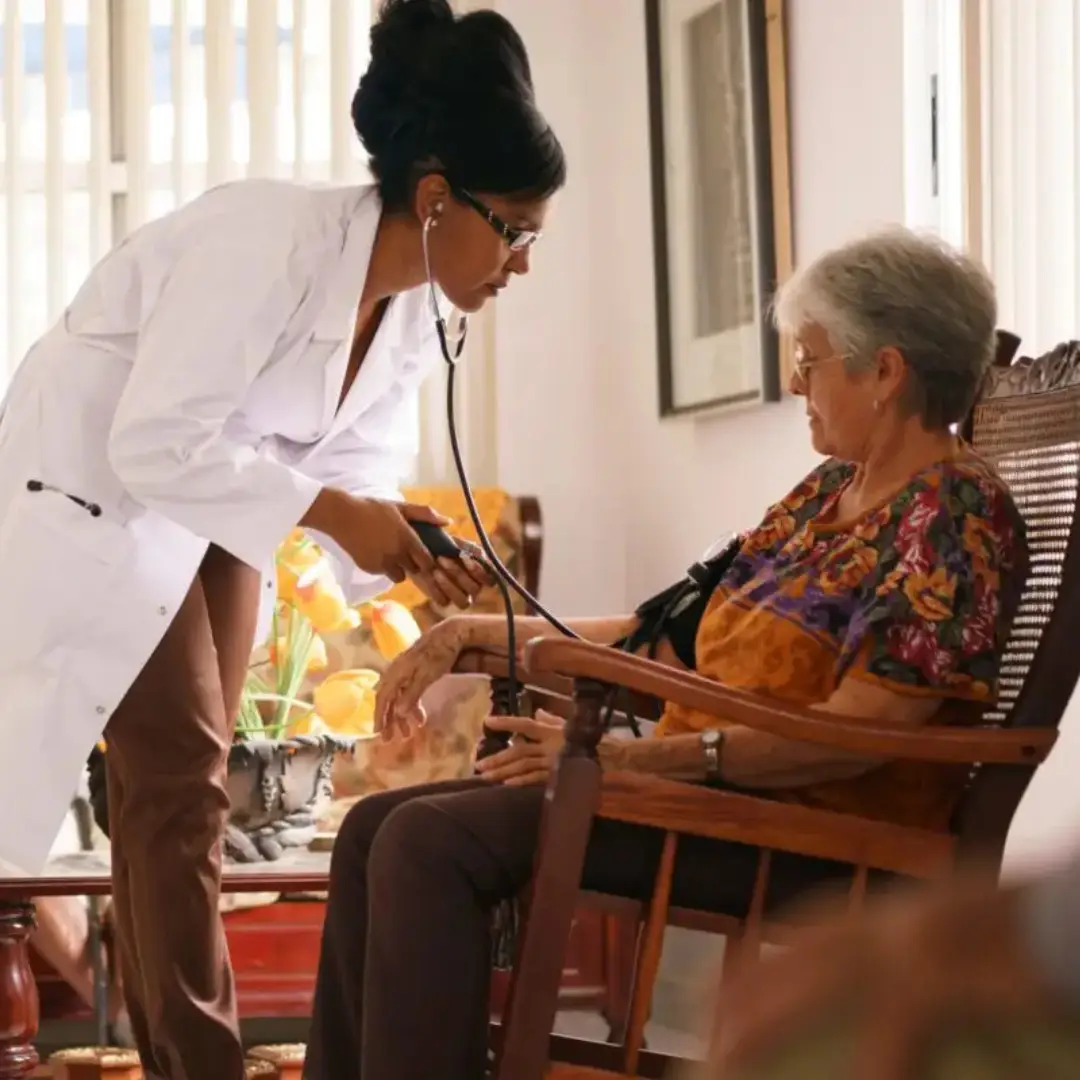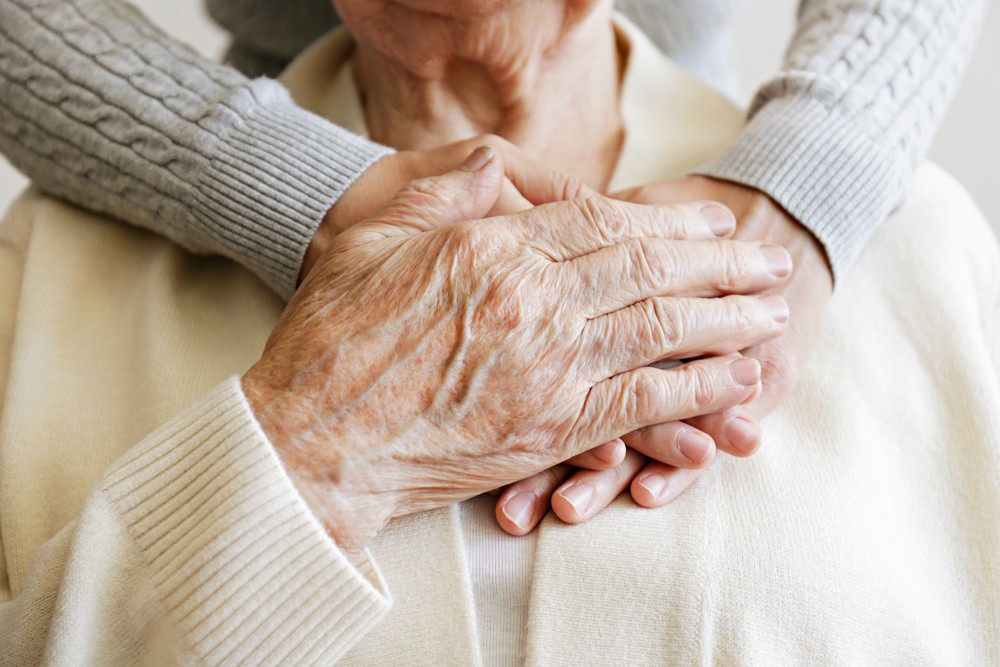This post, First Aid Preparedness, first appeared on www.ohsonline.com.
Having trained personnel ready and willing to render first aid will reassure other co-workers and make them feel safer themselves.
By Fred Elliott (Apr 01, 2017)
An OSHA enforcement case announced in December 2016 is a good example of the kind of worker injury where a co-worker might have to respond quickly with first aid assistance. The agency proposed $274,934 in penalties against an Ohio plastics manufacturer after a pneumatic bench cutter severed a 27-year-old employee’s finger as she cut rubber material in June 2016. Along with the penalties came four repeated, six serious, and three other-than-serious violations filed by OSHA against the company, which also was placed in the OSHA Severe Violators Enforcement Program, according to OSHA.
The key standards for ensuring employees are ready and able to provide first aid care to an injured or sick co-worker are familiar ones. The OSHA standard for general industry is 29 CFR 1910.151, medical services and first aid, and the one for logging operations is 29 CFR 1910.266, with 1910.266(d)(2) addressing first aid kits and, in Appendix B, both first aid training and CPR training.
This Appendix B provides a list of topics for what OSHA considers to be the “minimal acceptable first-aid and CPR training program” for employees engaged in logging, and it’s a handy guide for other workplaces, as well. The appendix states that first aid and CPR training should be delivered in a variety of methods and should include practical exercises and examinations (both written and practical), and the length of the training must be enough to ensure the trainees understand the concepts of first aid and can demonstrate their ability to perform the various procedures needed to help someone experiencing:
- Respiratory arrest
- Cardiac arrest
- Hemorrhage
- Lacerations/abrasions
- Amputations
- Musculoskeletal injuries
- Shock
- Eye injuries
- Burns
- Loss of consciousness
- Extreme temperature exposure (hypothermia/hyperthermia)
- Paralysis
- Poisoning
- Loss of mental functioning (psychosis/hallucinations, etc.)
It says the training should cover CPR; the application of dressings and slings; treatment of strains, sprains, and fractures; immobilization of injured persons; handling and transporting injured persons; and the treatment of bites, stings, or contact with poisonous plants or animals.
‘Reasonably Accessible’: OSHA’s Construction First Aid Standards
The OSHA standards relevant to the construction industry are 29 CFR 1926.23, first aid and medical attention, and 1926.50, medical services and first aid. The first one of those simply says first aid services and provisions for medical care “shall be made available by the employer for every employee covered by these regulations.”
The second is more detailed, though its text is not much longer; it says employers are to ensure, before a project starts, that “prompt medical attention in case of serious injury” is available. If there is no infirmary, clinic, hospital, or physician “reasonably accessible in terms of time and distance to the worksite” for treating injured workers, the employer is to ensure that a trained person with valid certification of that training is available at the site to provide first aid.
As recently as January 2007, OSHA explained in a letter of interpretation what “reasonably accessible” means. OSHA interprets the term “near proximity” to mean that emergency care must be available within three to four minutes of the workplace in question, according to that letter. If there is no employee on site who is trained to provide first aid, emergency medical services must be available within 3-4 minutes to aid a worker who has suffered a fall, amputation, suffocation, or other serious accident, it said.
This 1926.50 standard also covers first aid kit contents, which are to be in individually sealed packages for each type of item and placed in a waterproof container, and they are to be checked by the employer before being sent out to each job and at least weekly to make sure that items that have been used are replaced.
It says either proper equipment shall be provided for transporting an injured person to a doctor or hospital, or there must be a communication system for contacting an ambulance service, and that there must be eyewash and shower equipment available for immediate emergency use to flush the eyes and body of workers who may be exposed to corrosive materials.
Emergency phone numbers should be posted prominently at the job site, as well.
First aid trainers note that immediate treatment of an injured or ill employee could save that person’s life, should he or she be experiencing a heart attack. Minutes count for injured or sick employees—equally important, having trained first aid personnel ready and willing to respond will reassure other co-workers and make them feel safer themselves. Training helps to prevent safety issues as well as to manage events, should they occur.
Many organizations provide first aid and CPR training. CPR/AED and first aid certifications are good for two years.
This post, First Aid Preparedness, first appeared on www.ohsonline.com.











